Sanding Belt Grit Sizes Explained: Choosing the Right Abrasive for Your Project
Understanding Grit Sizes for Sanding Belts: Choosing the Right Abrasive
Grit size is one of the most important factors when choosing a sanding belt. It determines how aggressively the belt cuts and the fineness of the finish it leaves. Using the wrong grit can lead to slow work, a poor surface finish, or even damage to your workpiece.
Grit size for sanding belts refers to the number of abrasive particles per square inch on the belt’s surface. A lower grit number indicates larger, more aggressive particles suitable for rapid material removal or shaping, while a higher grit number indicates smaller, finer particles used for smoothing surfaces and preparing for finishing.
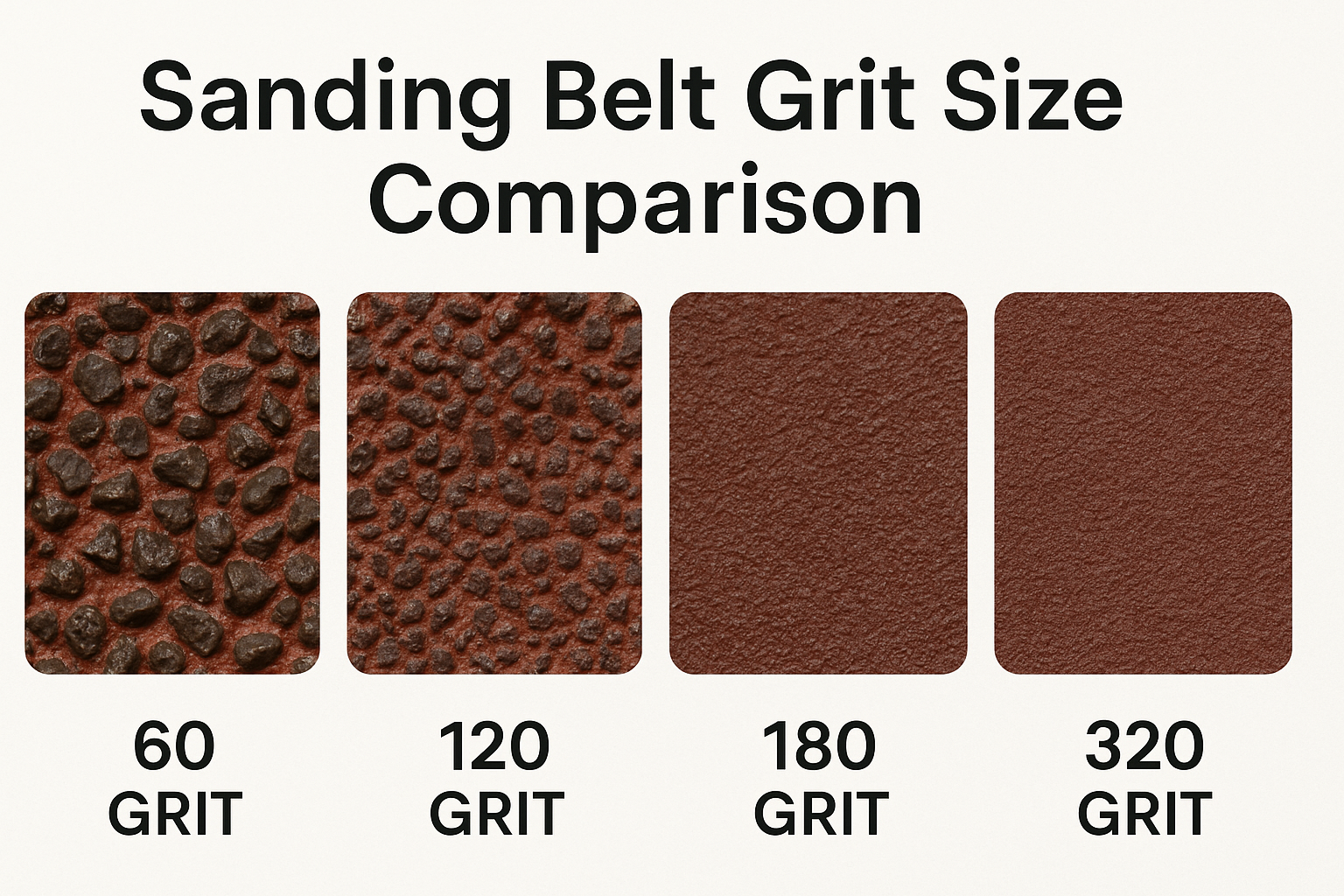
Comparing the particle size of different sanding belt grits.
Understanding grit sizes helps you select the right belt for each stage of your project, from rough shaping to final smoothing.
Is 80 or 120 grit rougher?
When comparing two common grit sizes, 80 and 120, which one will remove material more aggressively?
When comparing 80 grit and 120 grit, 80 grit is rougher. The grit numbering system is counter-intuitive: lower numbers indicate fewer, larger abrasive particles per square inch, resulting in a coarser abrasive that removes material more aggressively and leaves deeper scratches. Higher numbers mean more, smaller particles, leading to a finer abrasive that removes less material but leaves a smoother finish.
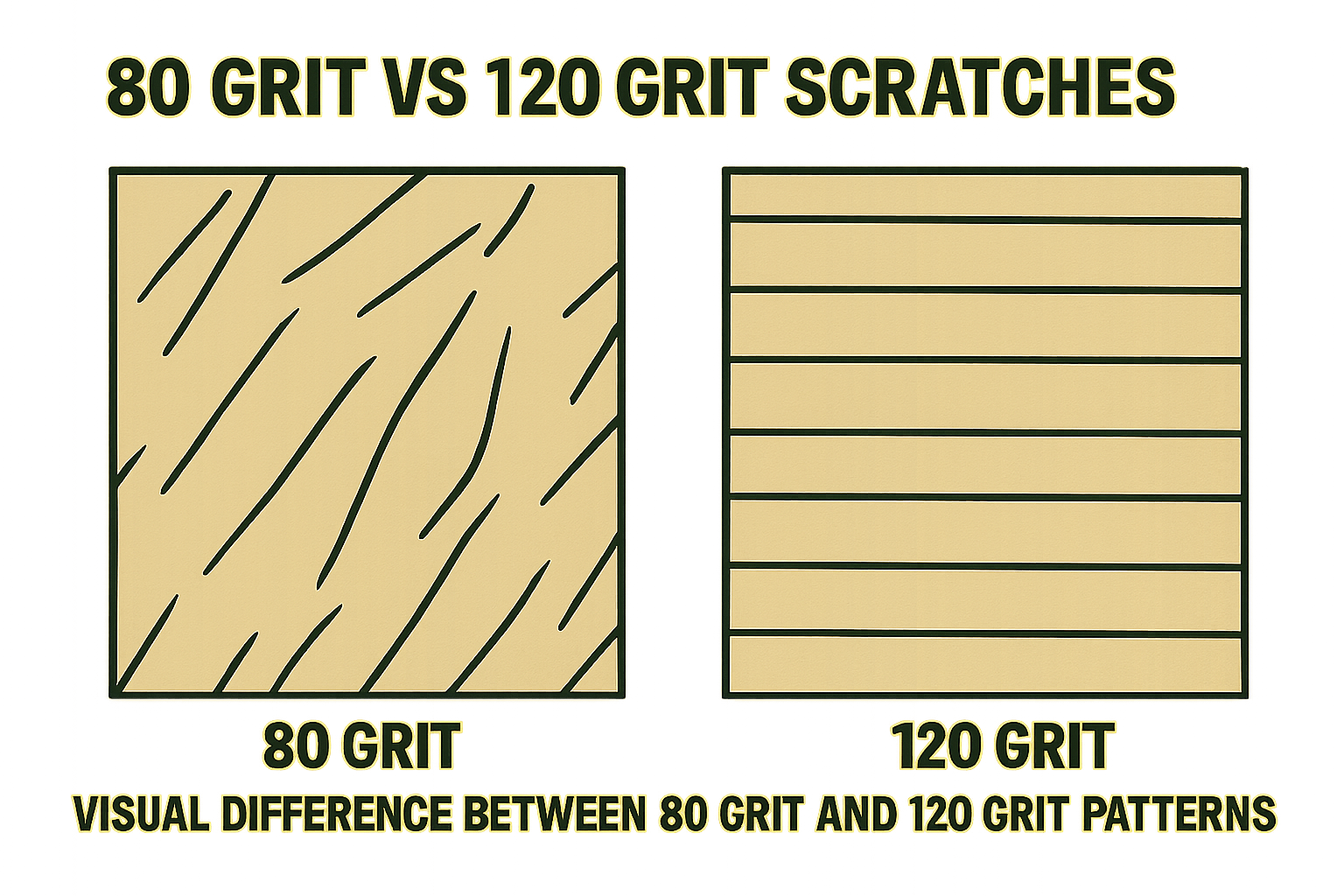
Visual difference between 80 grit and 120 grit scratch patterns.
This inverse relationship between the grit number and the coarseness of the abrasive is fundamental to understanding sanding. Think of it like counting particles: a lower number means you could only fit 80 particles in a square inch, so each particle must be relatively large. A higher number, like 120, means you can fit 120 particles in the same space, so each particle must be smaller. This difference in particle size directly impacts how the abrasive cuts. 80 grit is considered a medium grit. It’s effective for moderate material removal, smoothing rough surfaces left by coarser grits or milling, and preparing surfaces that don’t require a super fine finish. It leaves noticeable scratches that need to be sanded out by subsequent finer grits if a smooth surface is desired. 120 grit is considered a medium-fine grit. It removes material much less aggressively than 80 grit. Its primary use is to refine the surface left by coarser grits, reducing the depth of the scratches and leaving a smoother finish. For many general woodworking projects that will be painted, 120 or 150 grit is a common final sanding step. If you plan to stain wood, you usually need to progress to even finer grits (like 180 or 220) to ensure the stain absorbs evenly without highlighting scratches. Understanding this scale is essential for selecting the correct sequence of belts for your project.
How do I know what size sanding belt to get?
Beyond grit, sanding belts come in different physical sizes. How do you determine the correct length and width for your sander?
You know what size sanding belt to get by checking the specifications of your belt sander. All belt sanders are designed to use belts of a specific length and width. This information is usually printed on a label on the sander itself, in the sander’s user manual, or sometimes stamped onto the sander’s body near where the belt is installed. Common sizes for portable belt sanders include 3×18, 3×21, and 4×24 inches (width x length).
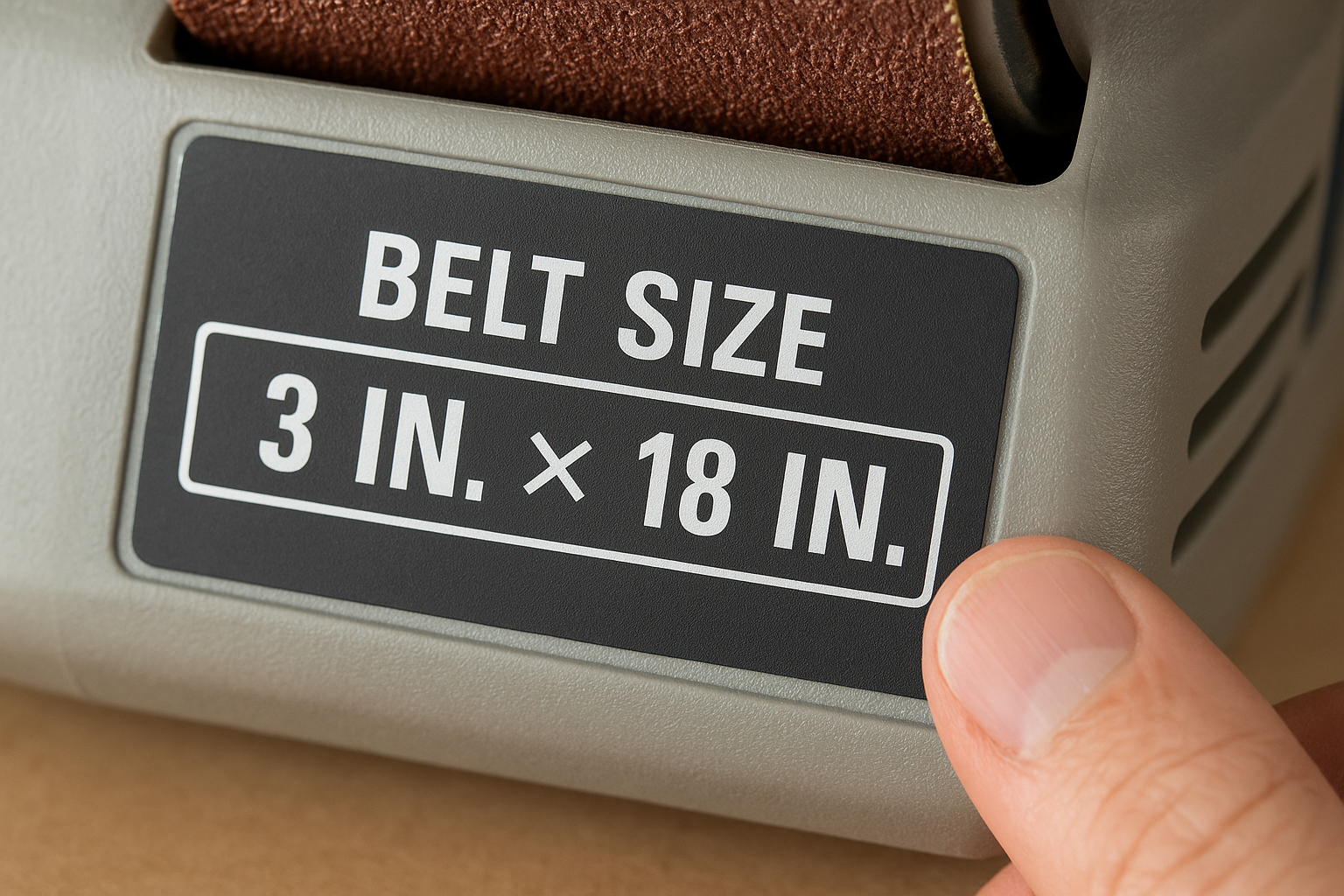
Checking the sander’s label for belt size.
Buying the wrong size belt means it simply won’t fit your sander. The length is the critical dimension for fitting onto the rollers and tensioning system, while the width corresponds to the width of the sander’s platen and rollers. It’s not possible to use a belt that is even slightly off in size; it will be either too loose to tension correctly or too tight to fit at all. Always refer to your sander’s documentation or label for the exact size required. The size is typically given as two numbers: the width followed by the length, usually in inches (though metric sizes exist). For example, a "3×21" belt is 3 inches wide and 21 inches long when laid flat (which is its circumference). If the label isn’t clear, you can sometimes find the required belt size online by searching for your specific sander model number. If you have an old belt that fits, you can measure its width and its circumference (or cut it open and measure its full length) to determine the size, though this is less reliable than checking the sander’s specifications. Once you know the required physical size, you can then focus on choosing the appropriate grit and abrasive type (like NOVOGRIT’s various options) for your sanding task.
What is the best grit for a sanding belt?
Is there a single "best" grit for a sanding belt, or does it depend on the task?
There is no single "best" grit for a sanding belt, as the ideal grit depends entirely on the specific task you are performing and the material you are sanding. Coarse grits (like 36-80) are best for rapid material removal and shaping. Medium grits (like 100-180) are used for smoothing surfaces and removing scratches left by coarser grits. Fine grits (like 220 and higher) are used for final smoothing and preparing surfaces for finishes.
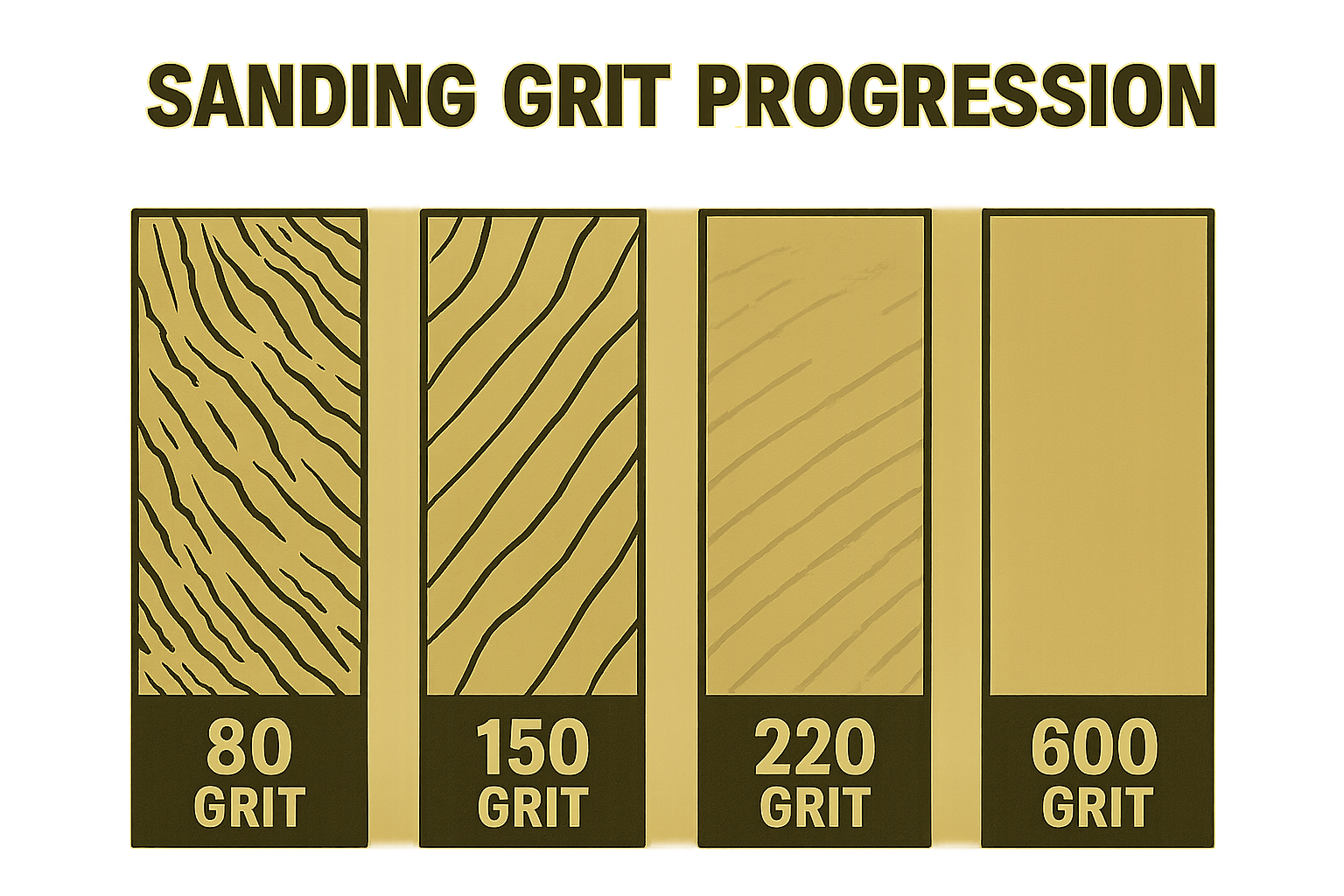
Showing the result of sanding with progressively finer grits.
Think of sanding as a process of removing material and progressively refining the surface. You typically start with a coarse grit to remove significant material, flatten surfaces, or strip old finishes. The coarse grit leaves deep scratches. You then move to the next finer grit to sand away the scratches left by the previous grit. You continue this progression through progressively finer grits until you reach the desired level of smoothness for your final finish. For example, when sanding rough lumber, you might start with 60 or 80 grit, then move to 120, then 180, and perhaps 220 grit before applying a stain or clear coat. The "best" grit at any given moment is the one that effectively removes the scratches from the previous step without creating new, deeper scratches. Using too fine a grit too early will be slow and ineffective. Skipping grits (e.g., going directly from 80 to 220) will mean the 220 grit struggles to remove the deep 80-grit scratches, leaving a less-than-ideal finish. The type of material also matters; harder materials may require starting with coarser grits. Selecting the right grit progression is key to efficient sanding and a quality finish. Quality belts across a range of grits, including options from NOVOGRIT, are essential for this process.
Is 600 grit finer than 400 grit?
In the grit numbering system, does a higher number always mean a finer abrasive?
Yes, in the standard grit numbering systems used for sanding belts (like the CAMI or P-graded systems), a 600 grit is finer than a 400 grit. As the grit number increases, the size of the abrasive particles decreases, resulting in a smoother finish. 600 grit is a very fine abrasive, often used for final polishing or preparing surfaces to a high level of smoothness, whereas 400 grit is used for refining surfaces after using medium-fine grits.
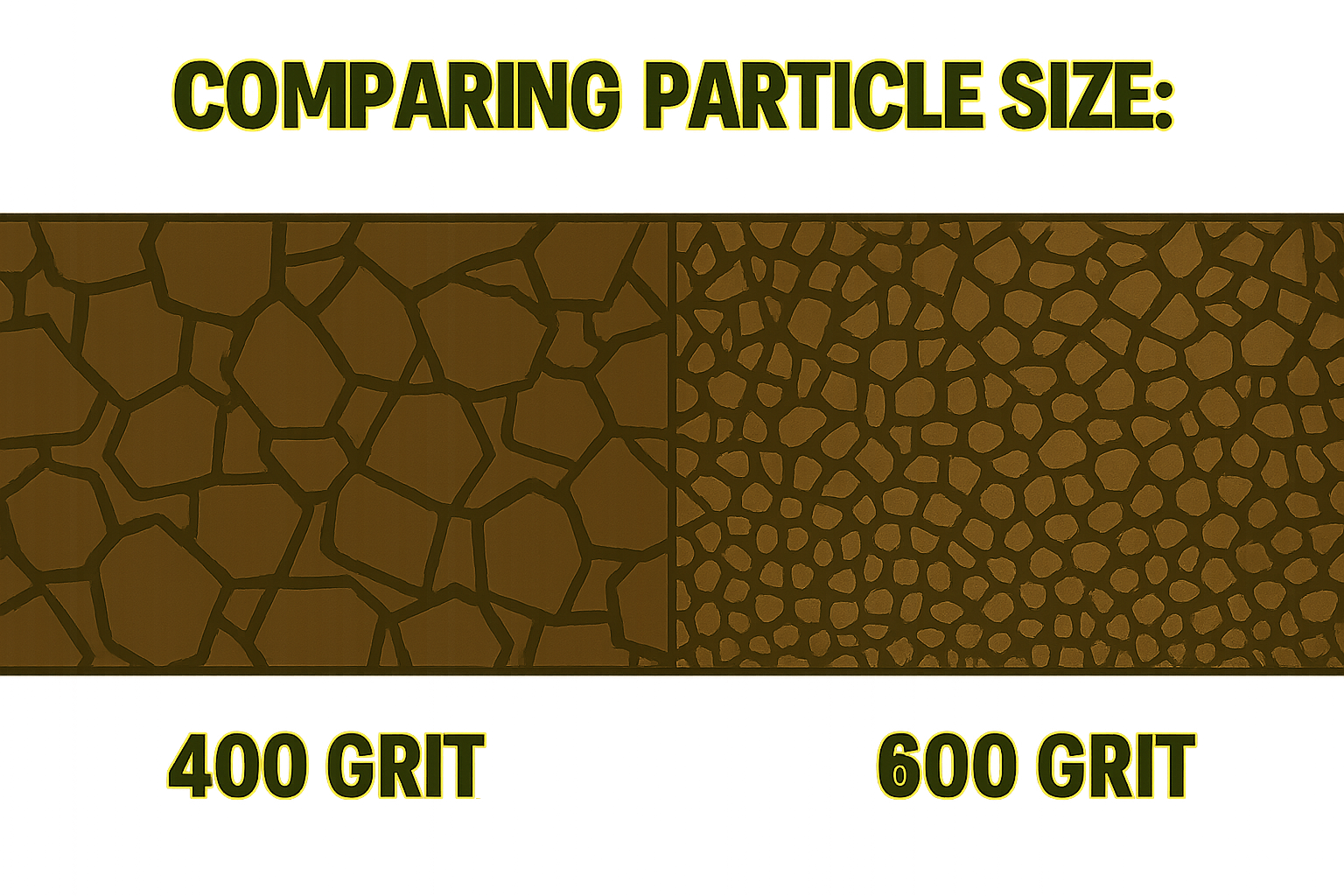
Comparing particle size: 400 grit vs 600 grit.
The rule holds true across the grit spectrum: higher number equals finer abrasive. While common woodworking might stop at 180 or 220 grit before finishing, much finer grits are used for specific applications like automotive finishing, metal polishing, or achieving a glass-smooth surface on wood. 400 grit is considered a very fine grit, often used after 320 grit to further refine a surface before applying certain types of finishes, especially high-gloss ones. It removes very little material but reduces the visibility of scratches from previous steps. 600 grit is extremely fine. It’s typically used for final polishing steps, sometimes with water or oil as a lubricant (wet sanding, if the belt is designed for it), to achieve a near-mirror finish on metal or an exceptionally smooth surface on wood before applying a high-build or clear finish. Belts in this grit range are not for material removal; they are purely for surface refinement and scratch pattern reduction. Understanding this progression into the very fine grits is important for projects requiring a high level of finish quality.
Conclusion
Understanding sanding belt grit sizes, from coarse low numbers for shaping to fine high numbers for polishing, is essential for effective sanding. Always check your sander’s specifications for the correct belt size. Choosing the right grit progression for your material and task, using quality belts like those from NOVOGRIT, leads to better results.
You may also be interested in:

Automotive Wet Sanding: Supplies, Liquids & Best Sandpaper
Automotive Wet Sanding Supplies: What Do You Really Need? Wet sanding is a crucial technique in automotive refinishing, used to achieve a flawlessly smooth surface before painting or polishing. Unlike
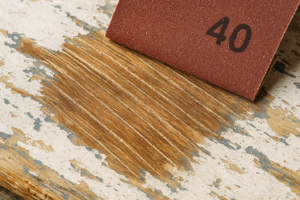
Best Sandpaper for Paint Removal & Grit Guide
What Is the Best Sandpaper for Removing Paint? Removing old paint can be a tedious job, but using the right sandpaper makes all the difference. It’s not just about grit;
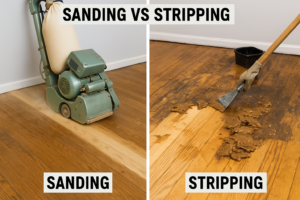
Hardwood Floor Sanding: Screen vs. Sandpaper & Best Practices
Sanding Screen vs. Sandpaper for Hardwood Floors: Which is Best? When you’re tackling hardwood floor projects, choosing the right abrasive is crucial for achieving a smooth, professional finish. Both sanding
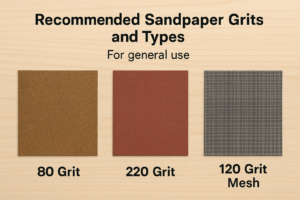
Paper Backing vs. Mesh Sanding Discs: Which Abrasive to Choose?
Paper Back vs. Mesh Sanding Discs: Which One Should You Pick? Choosing the right sanding disc backing can significantly impact your project’s efficiency and finish quality. Paper-backed discs are a
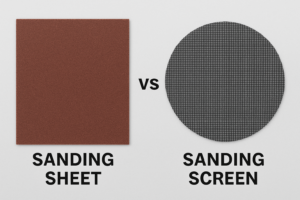
Sanding Mesh vs Paper: Which is More Economical and Better?
Is Sanding Mesh More Economical Than Sandpaper? Comparing Abrasive Costs When stocking up on abrasives, cost is always a factor. Paper sandpaper has traditionally been the standard, but newer mesh
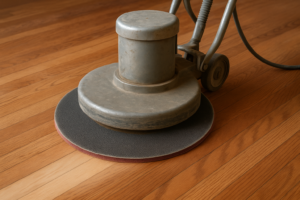
Sanding Nets & Screens Use Cases: When to Choose Mesh Abrasives
Sanding Nets and Screens: What Are Their Best Use Cases? When you encounter sanding nets or screens, you might wonder where they fit into your sanding projects. Unlike traditional solid-backed
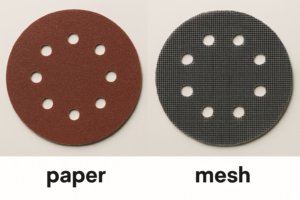
Paper vs. Mesh Sanding Discs: Which Abrasive to Choose?
Paper vs. Mesh Sanding Discs: Which Should You Buy? Choosing the right abrasive disc is essential for efficient and effective sanding. Two primary types dominate the market: traditional paper-backed discs
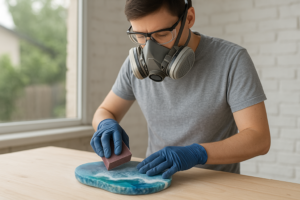
Is Sanding Cured Resin Dangerous? Safety Risks & How to Stay Safe
Is Sanding Resin Dangerous? Understanding the Risks and Staying Safe Working with resin has become incredibly popular for crafts, art, and repairs. While the liquid resin itself has specific handling
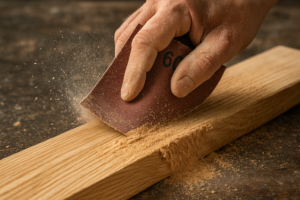
Sandpaper vs. Sanding Screen: Choosing the Right Abrasive Grit & Type
Sanding Screen vs. Sandpaper: A Practical Guide to Abrasive Selection When it comes to surface preparation, sanding is a fundamental step. But the world of abrasives offers more than just

Safe Grinding with Flap Discs: Essential Safety Guidelines & PPE
Essential Safety Guidelines for Flap Disc Grinding Grinding with an angle grinder and flap disc is a common task in metalworking and fabrication, but it’s also one that carries significant
